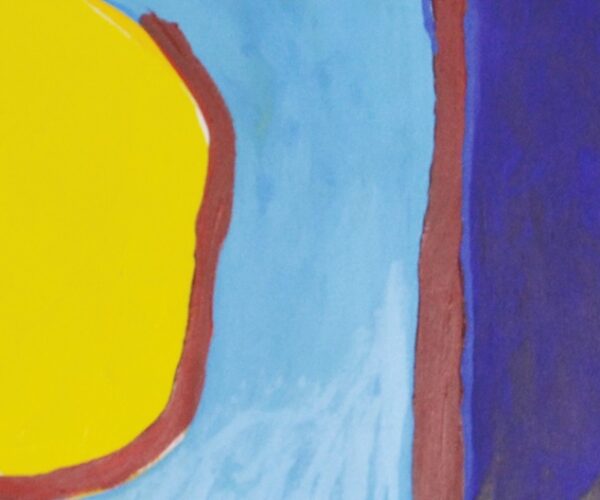
News
Supporting children’s mental health through art
Our creative art therapy service is an accessible and inclusive form of therapy, which uses creative expression as a tool for understanding emotional growth. The service is flexible and tailored to the needs of referred pupils and the schools.
Our psychotherapists work together with teachers and parents to develop an effective plan of action. Art therapy sessions can be conducted both at home and at school, with some sessions being 1-2-1 and others as a group.
The service gently increases the young person’s capacity for reflection by thinking with the therapist about the artwork the child has made. There is a growing evidence base that art therapy supports children through their education, helping with emotional regulation, concentration and relationships with staff and fellow students.
It really helped me with old memories of having big tantrums
Year 6 pupil
The benefits of using the service, are that it makes regulated therapy much more accessible and inclusive of children with special educational needs (SEN), those for whom English is a second language and those who may have difficulty accessing CAMHS. One year 6 pupil said “It really helped me with old memories of having big tantrums”.
Additionally, it alleviates pressure on children and young people as it’s a form of therapy less reliant on verbal communication. Speaking on CAT, a year 3 pupil said it helped them “deal with [their] anger and helped [them] be calm”. Growing evidence shows that art therapy yields better educational outcomes.
This form of therapy can be accessed in three ways:
- Through early intervention and preventative therapy, which can also be used as a complementary but separate route from CAMHS.
- Alongside talking therapies, especially for children with neurodivergence or language barriers
- Via school-based delivery, which is seen as a good way to reach young people while limiting disruption to learning.
When I come I feel good and when I leave I feel good
Year 5 pupil
Jamie Williams, Lead Art Psychotherapist said “It’s a non-judgmental space. The child learns to experience tolerating failure and uncertainty and builds resilience where it’s ok to not have things turn out perfect and not have things turn out the way you’d like them to. It has a passive effect of increasing their resilience.”
Headteachers and Special Educational Needs/ Disabilities Coordinators (SENCOs) have spoken of the increasing need for direct school-based therapeutic support, such as CATS, for children and young people.
An inclusion manager (SENDCo) from Brookfield School spoke about ways the service had been effective in their school.
“We are so grateful for the new CATS service. We were in desperate need of additional support for our children and CATS has provided that through an attractive, inclusive medium for children in a low pressure, nurturing environment. It is a well run and well thought out service that is communicative, inquisitive and efficient.”
So far, we have seen a 94% attendance rate to our art therapy sessions and 76% of all children seen by the service are showing improvement to the therapeutic goals set by their referring school. Furthermore, 95% of all service users were seen within 2 weeks of their referral.
If you or your school are looking to use our service and be assigned an art psychotherapist, we advise you to contact CATS@tavi-port.nhs.uk early, as demand remains high.
Art at the Tavistock and Portman
Art is an important feature of the Tavistock and Portman. We believe that the artworks in our buildings help to humanise what is essentially a clinical space, making it more friendly and welcoming. The arts can make a powerful contribution to health and well-being for both physical and mental health. Research has demonstrated the benefits of the arts in healthcare in hospitals and other healthcare setting and a Department of Health working group on the impact of arts on health found that the arts have ‘a clear contribution to make and offer major opportunities in the delivery of better health, wellbeing and improved experience for patients, service users and staff alike’.
Find out more
Creative art therapy
Art therapy supports children and young people’s emotional wellbeing and improved engagement in school.

Art at the Tavistock and Portman
Wander around the hallways of the Tavistock Centre and you will see works of art hanging along every corridor and bold stabs of colour in our public spaces.
